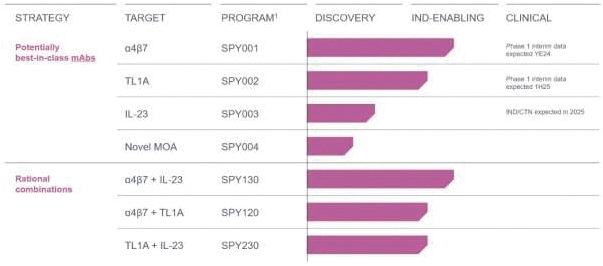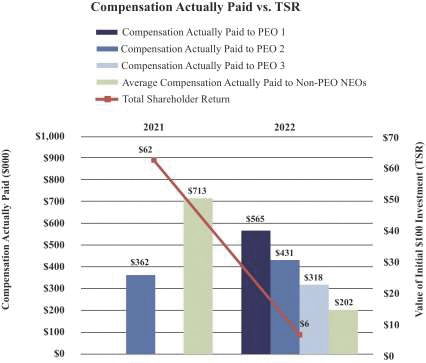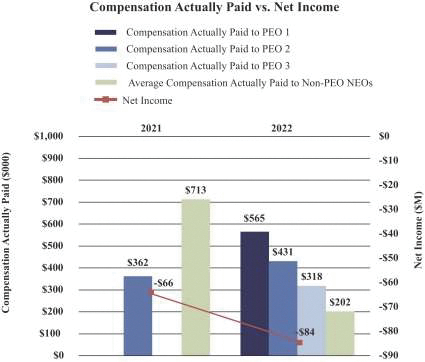The information in this prospectus is not complete and may be changed. The selling stockholders named in this prospectus may not sell these securities until the registration statement filed with the Securities and Exchange Commission (the “SEC”) is effective. This prospectus is not an offer to sell these securities, and it is not soliciting an offer to buy these securities, in any jurisdiction where the offer or sale is not permitted.
SUBJECT TO COMPLETION, DATED DECEMBER 22, 2023
PRELIMINARY PROSPECTUS

Spyre Therapeutics, Inc.
12,000,000 Shares
Common Stock
Offered by the Selling Stockholders
This prospectus relates to the proposed resale or other disposition by the selling stockholders identified herein (the “Selling Stockholders”) of up to (i) 6,000,000 shares (the “Private Placement Common Shares”) of our common stock, par value $0.0001 per share (“Common Stock”) and (ii) 6,000,000 shares of Common Stock (the “Private Placement Conversion Shares”) issuable upon the conversion of 150,000 shares (the “Private Placement Preferred Shares”) of Series B preferred stock, par value $0.0001 (the “Series B Preferred Stock”). Subject to receiving the requisite stockholder approval and certain beneficial ownership limitations set by each preferred stockholder, each share of Series B Preferred Stock will automatically convert upon the requisite stockholder approval into an aggregate of 40 shares of Common Stock. The shares of Common Stock registered by this prospectus are referred to herein as the “Resale Shares.”
The Private Placement Preferred Shares were issued and sold to accredited investors in a private placement (the “December 2023 PIPE”), which closed on December 11, 2023. We are not selling any Resale Shares under this prospectus and will not receive any of the proceeds from the sale or other disposition of Resale Shares by the Selling Stockholders.
The Selling Stockholders may sell the Resale Shares on any national securities exchange or quotation service on which the securities may be listed or quoted at the time of sale, on the over-the-counter market, in one or more transactions otherwise than on these exchanges or systems, such as privately negotiated transactions, or using a combination of these methods, and at fixed prices, at prevailing market prices at the time of the sale, at varying prices determined at the time of sale, or at negotiated prices. See the disclosure under the heading “Plan of Distribution” elsewhere in this prospectus for more information about how the Selling Stockholders may sell or otherwise dispose of their Resale Shares hereunder.
The Selling Stockholders may sell any, all or none of the securities offered by this prospectus and we do not know when or in what amount the Selling Stockholders may sell their Resale Shares hereunder following the effective date of the registration statement of which this prospectus forms a part.
You should carefully read this prospectus and any applicable prospectus supplement before you invest in any of the securities being offered.
Our Common Stock is traded on The Nasdaq Capital Market under the symbol “SYRE.” On December 21, 2023, the last reported sale price for our Common Stock was $17.22 per share.
An investment in our securities involves a high degree of risk. You should carefully consider the information under the heading “Risk Factors” beginning on page 11 of this prospectus and any applicable prospectus supplement.
We are a “smaller reporting company” as defined by Rule 12b-2 of the Exchange Act and are subject to reduced public company reporting requirements.
Neither the SEC nor any state securities commission has approved or disapproved of these securities or determined if this prospectus is truthful or complete. Any representation to the contrary is a criminal offense.
The date of this prospectus is , 2024


